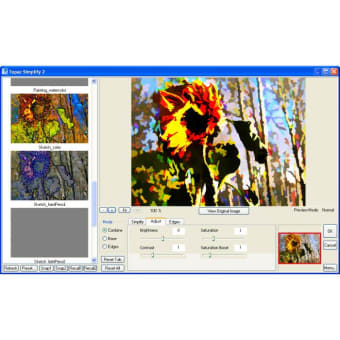

Ask yourself what section of the subject is most conducive for your message. In addition, what lens you need, whether the lighting needs an assist, and, of course, what aperture choice works best for what you want to communicate are factors. If you don’t have that kind of response, you have more work to do.Īs with any subject or element, it’s not always as simple as lining up a shot, pressing the button and being “done.” Putting thought into where you position yourself and the camera matters. Your image should represent those “feelings” in a mighty way – so clearly that any viewer’s first response might be, “wow, I love those textures.” And, since you’re the first maker and viewer of the image, those should be your words as you look at the image on the back of your camera. Other times, the subject is all about texture. Often, there is a dominant element that stands out. Think of the words you use to describe any given subject.

Sometimes, what you’re seeing and responding to is all about color or shape or line, and even a combination of these, including texture.

Consider all that holds your interest in the subject. So, how can we make use of texture? Choose any subject and spend some time observing it. Which of those appeal to you more, and why? Is texture something you notice first or do you notice lines or colors more often or quickly? Is the use of texture a “p.s.” in your images or does it often have a leading role? It’s just one of the many design tools we have in our bag. Consider any of your favorite artists/painters and see how they used their medium and textures and brush strokes for different looks and impressions. It’s a technique you will see in abstracts as well. The technique he used is called “impasto,” which involves painting thick, textured paint to canvas with visible brush strokes. It is the depth and direction of his brush strokes that, for me, create the drama and visual impact. When I think of one of my favorite painters, Vincent Van Gogh, one of the first things I think of is his use of texture in the heavy paint and brush strokes, all of which highlight motion, color and emotion in his paintings. Often you will see texture used in paintings or drawings starting with the canvas or paper choice through to the type and volume and handling of the medium. It can be used as the “star” of a piece or a supporting character. Texture is just one of the design elements in art (along with line, shape, color, form, tone, etc.). This means that the point of the image could be to present texture as a focal point, an element of interest, or the texture could provide contrast in a variety of ways. How many people do you know who enjoy the flavor of mushrooms but can’t stand to eat them because of “the texture?” I know at least one … In our images, especially those which emphasize texture as a prominent design tool, we are drawing on that visual-tactile experience to translate in our images. It involves a surface (texture) and a visual (our eyes) and tactile (touch) experience.

And, would any of us use a “stress ball” if it wasn’t soft and squishy? How something feels physically influences our response.īy definition, texture is the feel, appearance or consistency of a surface or substance. And, I wonder how many of us can resist dipping our hands into a bin of polished rocks and playing with the smooth and rounded shapes? Not to mention the sounds that accompany the dip. We might buy one set of sheets or a blanket more for its texture than a particular color. Think of fabrics: the weaves, patterns, threads all work together to create textures with different levels of smoothness or palpable edges. We are able to feel or perceive the textures in our minds even when we don’t reach out to confirm the reality. We are surrounded by textures, and we can use many words to describe them: smooth, soft, fluffy, rough, gritty, bumpy, and so on. I’m remembering a deceptive surface in what appeared to be a soft, fuzzy cactus in our childhood post office and the painful ride home on my tricycle. The simplest way to describe texture is how something “feels.” In most cases that would directly connect with our sense of touch as well as our own tactile experiences with a particular surface.


 0 kommentar(er)
0 kommentar(er)
